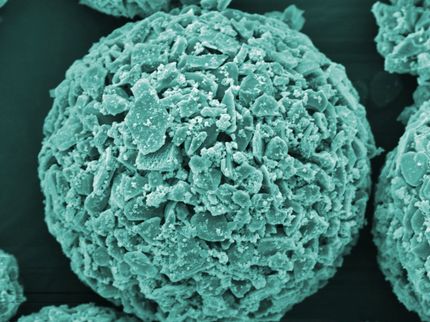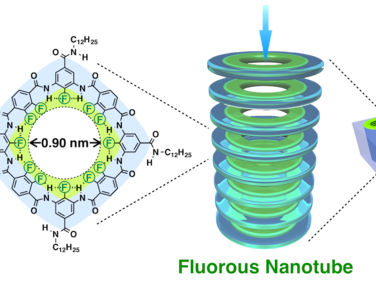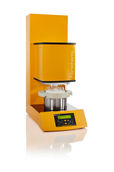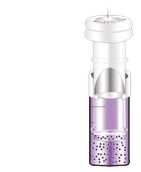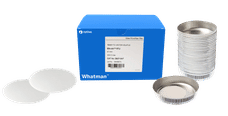New Filtering Method Promises Safer Drinking Water, Improved Industrial Production
Synthetic polymer membranes mimic the highly selective properties of biological cell membranes
A team of scientists at the Tufts University School of Engineering has developed a new filtering technology inspired by biology that could help curb a drinking water-related disease that affects tens of millions of people worldwide and potentially improve environmental remediation, industrial and chemical production, and mining, among other processes.
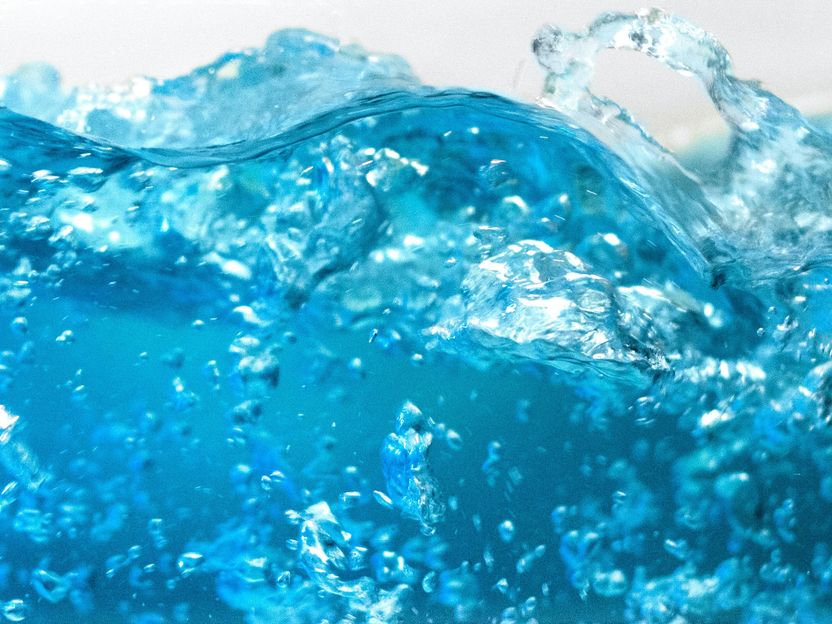
Filtration membranes capable of highly selective ion separation could help make water supplies safer in areas where certain contaminants may be causing diseases, such as crippling fluorosis (symbolic image).
Unsplash
Reporting in the Proceedings of the National Academy of Sciences, the researchers demonstrated that their novel polymer membranes can separate fluoride from chloride and other ions – electrically charged atoms -- with twice the selectivity reported by other methods. They say application of the technology could prevent fluoride toxicity in water supplies where the element occurs naturally at levels too high for human consumption.
It is well known that adding fluoride to a water supply can reduce the incidence of tooth decay, including cavities. Less well known is the fact that some groundwater supplies have such high natural levels of fluoride that they can lead to severe health problems. Prolonged exposure to excess fluoride can cause fluorosis, a condition that can actually weaken the teeth, calcify tendons and ligaments, and lead to bone deformities. The World Health Organization estimates that excessive fluoride concentrations in drinking-water have caused tens of millions of dental and skeletal fluorosis cases worldwide.
The ability to remove fluoride with a relatively inexpensive filtering membrane could protect communities from fluorosis without requiring the use of high-pressure filtration or having to completely remove all components and then re-mineralize the drinking water.
“The potential for ion selective membranes to reduce excess fluoride in drinking water supplies is very encouraging,” said Ayse Asatekin, associate professor of chemical and biological engineering in the School of Engineering. “But the technology’s potential usefulness extends beyond drinking water to other challenges. The method we used to manufacture the membranes is easy to scale up for industrial applications. And because the implementation as a filter can also be relatively simple, low cost and environmentally sustainable, it could have wide applications to improving agricultural water supplies, cleaning up chemical waste, and improving chemical production.”
For example, theoretically the process could improve yields from limited geological reserves of lithium for sustainable lithium battery production or uranium needed for nuclear power generation, said Asatekin.
In developing the design of the synthetic membranes, Asatekin’s team was inspired by biology. Cell membranes are remarkably selective in allowing the passage of ions into and out of the cell, and they can even regulate the internal and external concentrations of ions and molecules with great precision.
Biological ion channels create a more selective environment for the passage of these small ions by lining the channels with functional chemical groups that have different sizes and charges and different affinity for water. The interaction between the passing ions and these groups are forced by the nanometer dimensions of the channel pores, and the rate of passage is affected by the strength or weakness of the interactions.
The filtration membranes created by Asatekin’s team were designed by coating a zwitterionic polymer -- a polymer in which molecular groups contain closely linked positive and negative charges on their surface -- onto a porous support, creating membranes with channels narrower than a nanometer surrounded by both water repelling and plus and minus-charged chemical groups. As with the biological channels, the very small size of the pores forces the ions to interact with the charged and water repelling groups in the pores, allowing some ions to pass much faster than others. In the current study, the composition of the polymer was made to target the selection of fluoride vs chloride. By altering the composition of the zwitterionic polymer, it should be possible to target the selection of different ions, the researchers say.
Most current filtering membranes separate molecules by significant differences in particle or molecular size and charge but have difficulty distinguishing single atom ions from each other because of their small size and when their electric charges are nearly identical.
By contrast, the Tufts researchers’ membranes are capable of separating ions that differ by only a fraction of their atomic diameter even when their electric charges are nearly identical.
ZwitterCo, a Cambridge-based company which helped fund this work, will be exploring the scale up in manufacturing the ion separating membranes to test their application in industrial settings.
